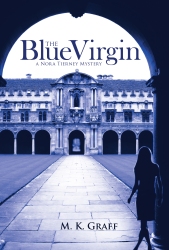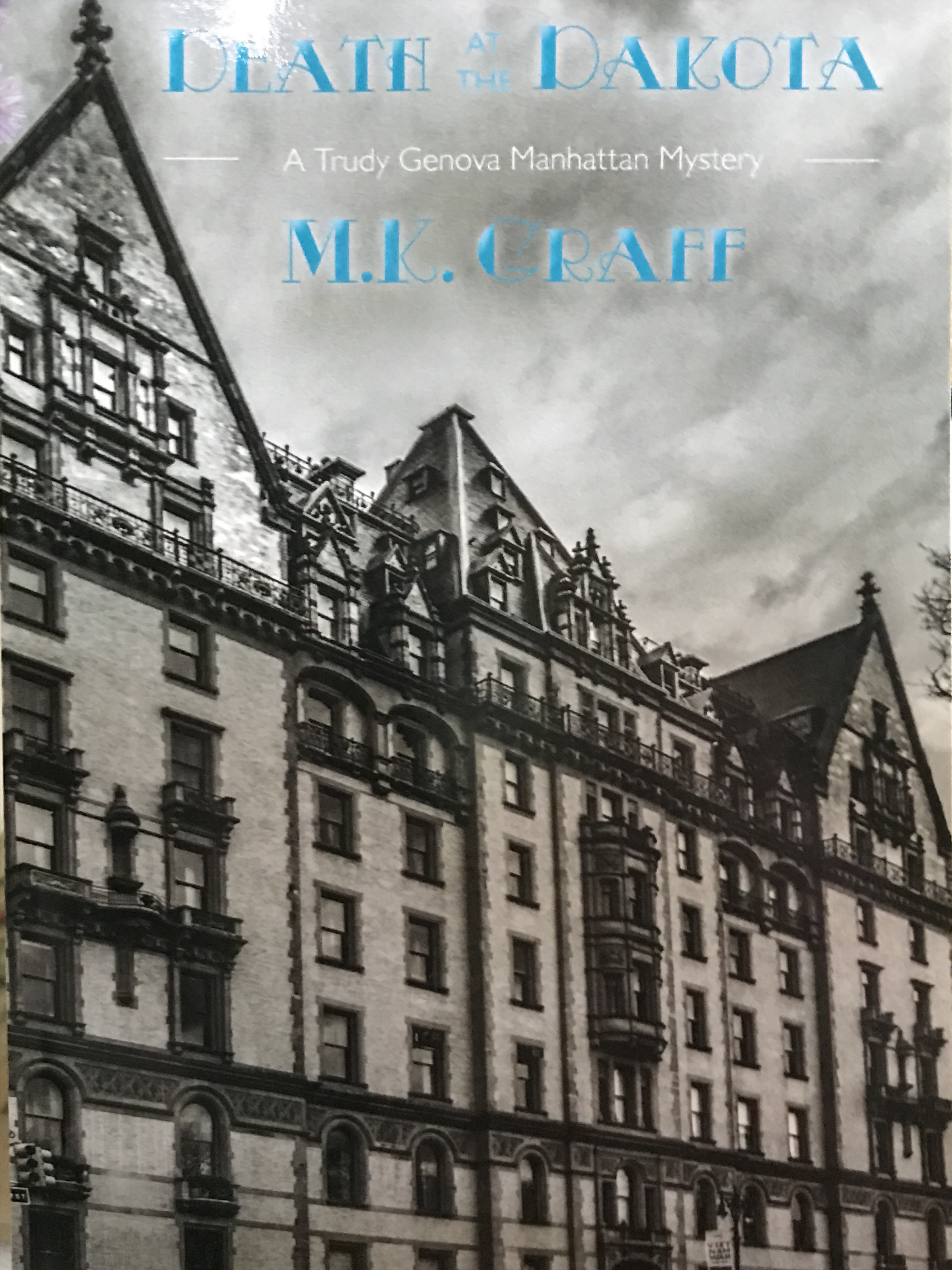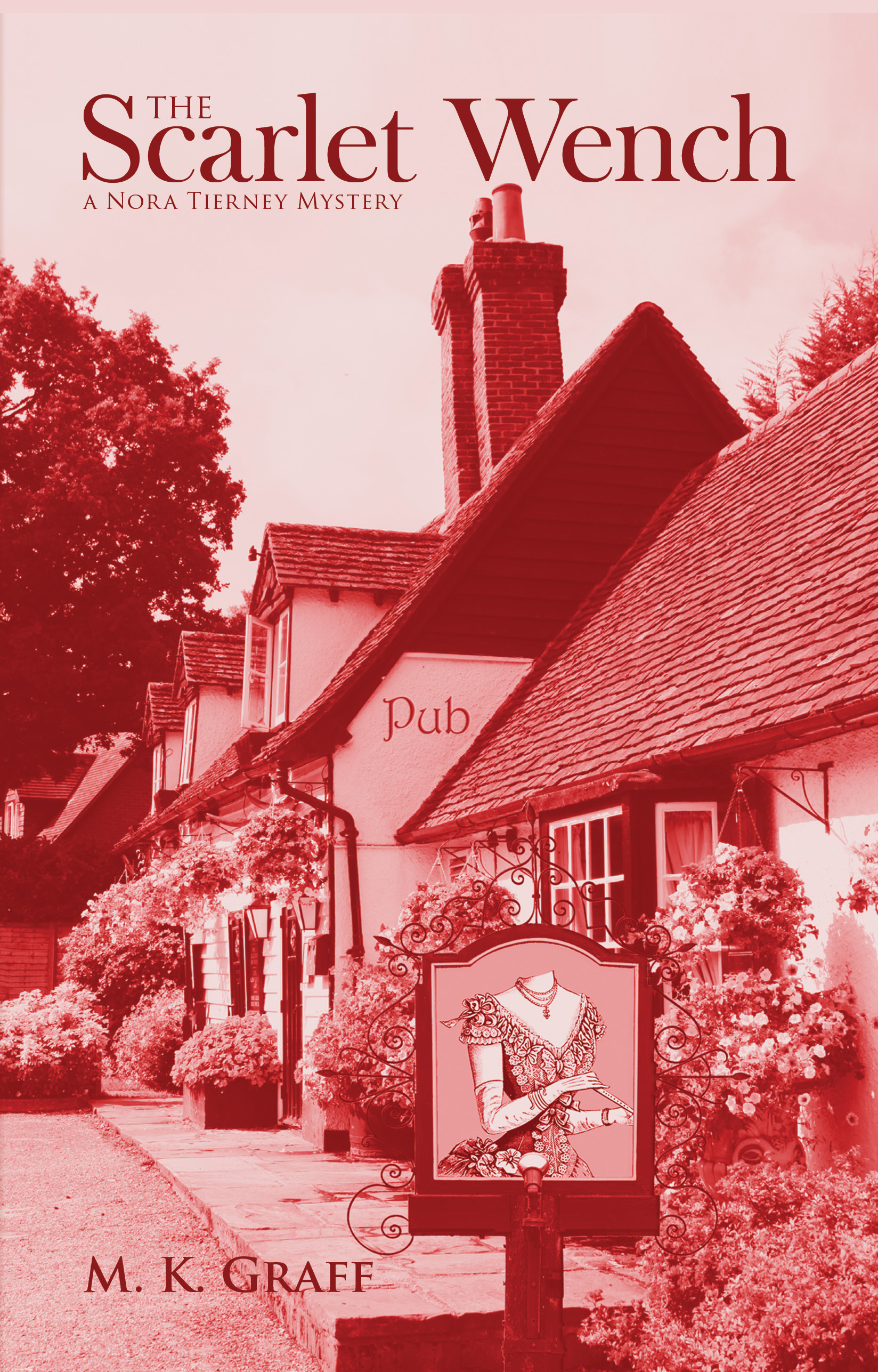Please welcome Diane Gilbert Madsen, who will tell readers about her newest book: The Conan Doyle Notes: The Secret of Jack the Ripper
“THE DOG THAT DID NOT BARK IN THE NIGHT”
THE CONAN DOYLE NOTES: THE SECRET OF JACK THE RIPPER
By DIANE GILBERT MADSEN
Published May 22nd 2014, MX Publishing, London
3RD IN THE DD McGil Literati Mystery Series
When everyone else my age was screaming for Elvis Presley and his swiveling hips, I fell head over heels for Sherlock Holmes, the lanky, taciturn, brainy detective whose hips would never be caught swiveling. I adored his aristocratic nose and his cold, impersonal, logic-driven, detail-oriented scientific mind. He was the polar opposite of Elvis – but to me, the British-to-the-core Mr. Sherlock Holmes was irresistible. I’m crazy about him still. His character was so fascinating that he quickly became famous world over. People everywhere not only recognized his name, but also they claimed to “know” what he looked like due to the wonderful drawings accompanying the serialized magazine stories.
My brother Albert was also a Sherlock Holmes addict. Over the years we often discussed why Sir Arthur Conan Doyle had never written a story in which the world’s greatest detective, Sherlock Holmes, matched wits with the world’s most fiendish murderer, Jack the Ripper. Sherlock Holmes, we knew, would definitely have solved the case. But such a match up was never to be. Why? We suspected that Conan Doyle’s silence was something like Sherlock Holmes’ observation about the dog that did not bark in the night.
“Is there any point to which you would wish to draw my attention?”
“To the curious incident of the dog in the night-time.”
“The dog did nothing in the night-time.”
“That was the curious incident,” remarked Sherlock Holmes.
– Conan Doyle, Silver Blaze
When I was searching for a subject for my third Literati Mystery, my brother Albert and my husband Tom both urged me to write “The Conan Doyle Notes: The Secret of Jack the Ripper” to uncover clues and answer the question of why Conan Doyle was silent about the Ripper. Sherlock Holmes concluded that the dog was silent because the dog knew the intruder. In my book, I uncover some facts and clues to help explain why I believe Doyle may have deduced the identity of the Ripper but never revealed it. The book is more about Sir Arthur Conan Doyle and what he knew than about Sherlock Holmes. However, throughout the book I use the Sherlockian “Method” – his famous technique of close observation, careful analysis and keen deduction. This “Method” was based on the uncanny abilities of Conan Doyle’s mentor and colleague, Dr. Joseph Bell, a surgeon and lecturer at Edinburgh University who was in fact the “real” Sherlock Holmes. Bell was renowned for being able to analyze a patient’s illness before the patient uttered one word about his symptoms.
Almost everyone in the world knows something about the Jack the Ripper case in which a person unknown to this day murdered at least 5 women in the Whitechapel District of London between August and November of 1888. An entire school of Ripperologists exists to debate the details of the case and write about their theories. Over 170 suspects have been named as Jack the Ripper, according to the Guardian newspaper, ranging from the most humble to royalty. Some have even accused Lewis Carroll and others have named Conan Doyle himself. There’s also a Jill the Ripper theory in which a woman or a man disguised as a woman commits the murders with impunity.
With all this material available, I decided to examine the case from the police and eye-witness perspectives, using news reports, Ripper letters, noteworthy events and other theories on the identity of the Ripper. I then assembled a series of clues – clues I believe that Doyle – and by extension Sherlock Holmes – would have used to help solve the case. A major one of these clues is the Royal Pardon, hastily issued by the Queen and Parliament immediately after the fifth and last murder, giving a pardon to anyone connected with the murders who came forward with information. The Royal Pardon had never been given before or since – especially to an UNNAMED suspect. It was completely unique.
“MURDER. – PARDON. – Whereas on November 8 or 9, in Millers-court, Dorset-street, Spitalfields, Mary Janet Kelly was murdered by some person or persons unknown: the Secretary of State will advise the grant of Her Majesty’s gracious pardon to any accomplice, not being a person who contrived or actually committed the murder, who shall give such information and evidence as shall lead to the discovery and conviction of the person or persons who committed the murder.
CHARLES WARREN, the Commissioner of Police of the Metropolis, Metropolitan Police-office, 4, Whitehall-place, S.W.,
Nov. 10 [Saturday], 1888.”
I believe that vital intelligence was obtained after the last murder and that is why the Royal Pardon had to be issued. The police acted upon this intelligence and very shortly thereafter, the case was closed for all intents and purposes, and the police patrols were called off in the East End.
This key clue led me to ask the central question — which of the suspects would warrant a Royal Pardon? This question immediately eliminates many of the main suspects who had been identified. It is difficult to see a Royal Pardon being issued in connection with a butcher, schoolteacher or painter. The Royal Pardon shines the light on only a very few possibilities – including suspects who might not have been named at the time — suspects who had connections of such a high ranking that were too important to be named.
With an idea of the identity of the Ripper, I was faced with the task of putting it into the form of a Literati mystery. All the action takes place in the current day using continuing characters from my Literati mystery series, including the rare book dealer Tom Joyce, the Scottish Dragon Auntie Elizabeth, the twins Glendy and Lucille, and the City of Chicago itself which I consider an ongoing character in my books. This segue was neatly handled for me by the fact that Arthur Conan Doyle had visited Chicago in 1894 when he was touring the United States. It was at that time he sold one of his favorite manuscripts, “The White Company,” to David Gage Joyce, a Chicago lumber baron. The manuscript now resides in the Newberry Library in Chicago. The manuscript and the lumber baron both play important roles in the mystery.
As for who was Jack the Ripper – you’ll have to read my book, “The Conan Doyle Notes: The Secret of Jack the Ripper.” I hope you will enjoy learning the secret.

ABOUT THE AUTHOR
Diane Gilbert Madsen is the author of the award winning DD McGil Literati Mystery Series. She’s the former Director of Economic Development for the State of Illinois where she oversaw the Tourism and the Illinois Film Office and later ran her own consulting firm. She is listed in the World Who’s Who of Women and Who’s Who in Finance & Industry.
Diane is a member of several Sherlockian Associations including the Pleasant Places of Florida. She is a member of Mystery Writers of America, Sisters in Crime, International Association of Crime Writers, the Chicago Writers Association, and Florida Writers Association. She has published articles in The Hemingway Review, Mystery Scene Magazine, Mystery Reader’s Journal, Sisters in Crime Newsletter and The Write City Magazine.
Diane lives with her husband Tom and Angel, their Japanese Chin, at Twin Ponds, a 5-acre wildlife sanctuary on Cape Haze in Florida.
Website – http://www.dianegilbertmadsen.com
Link to book trailer – http://youtu.be/k7M5F-GPihw
Twitter @DianeMadsen
Facebook – https://www.facebook.com/diane.g.madsen








